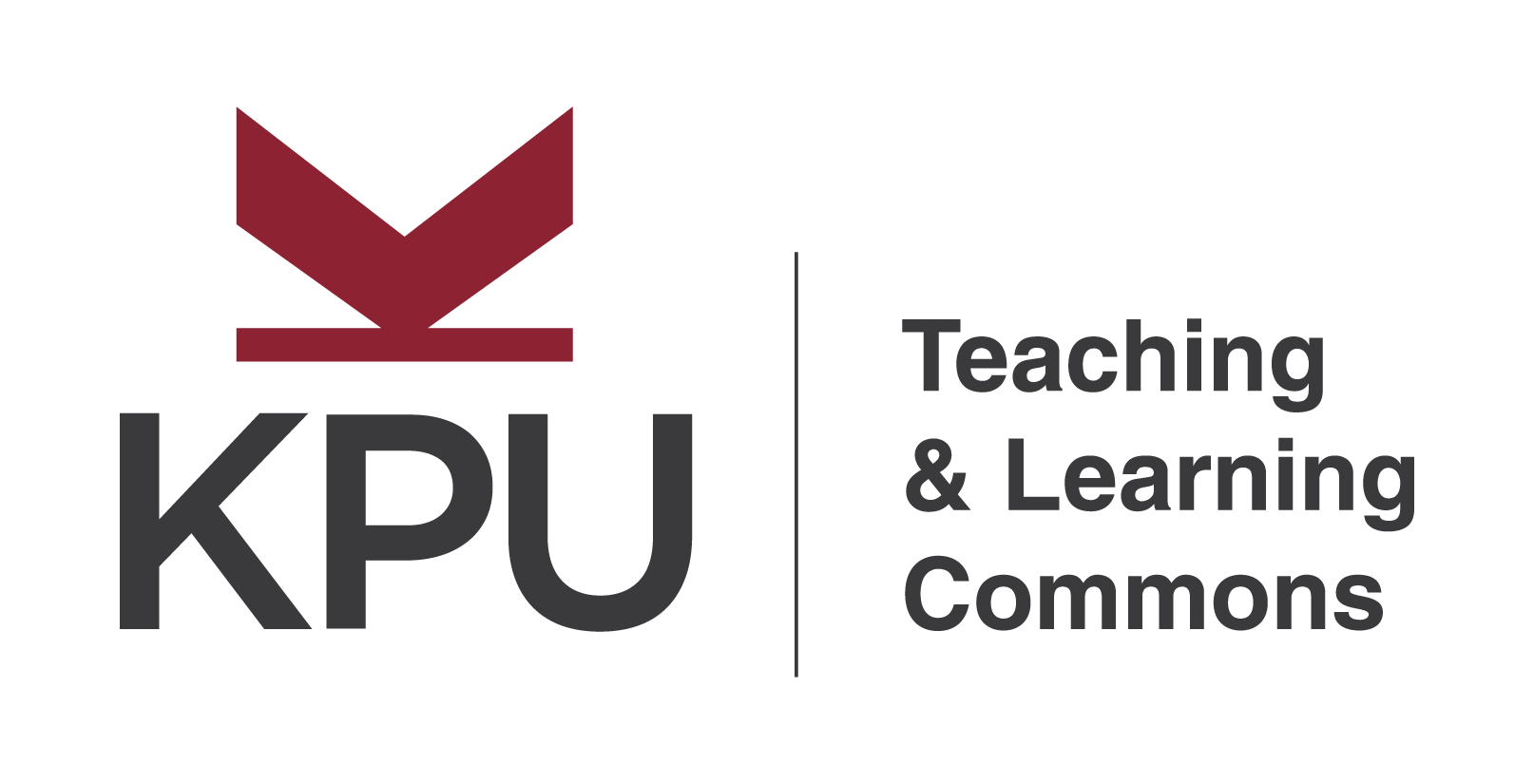Understanding Gen AI
Generative AI is a technology that seems to create new information in a natural language format.
It appears poised to change the way many people work, study and live.
How Gen AI Works
Generative AI is a small subset of other technology categories that become incrementally more specialized. Some of these are:

Through scraping much of the information that exists on the internet, some companies have created LLMs, which act as a warehouse of natural text information that powers Generative AI.
These programs reduce the source information into data points called tokens. Tokens are approximately 4 characters of a word or one punctuation mark. These programs have assessed each token of data against each other token of data. The result is a very accurate statistical analysis of the likelihood that one token of data will occur following a preceding token of data. It is important to note, that the GenAI does not “understand” the prompt given or the response generated. It is merely looking for a recognized token of data, statistically analyzing for the next most likely token and then providing it in its generated response to the user’s prompt.

These LLMs can be seen as large warehouses of billions of data points and the connections between them. As there is so much data in the warehouse, it can be challenging to find the information you want when you want it.
To bridge this problem, the companies that have created the LLMs have also created interface tools with which to access the data in the LLM. Some of these interfaces include GPT for Open AI’s LLM, Gemini for Google’s LLM, and Claude for Anthropic’s LLM. These can be seen as container trucks picking up a load of information at the warehouse. Then can carry a lot and are set up to transport anything, but they are not set up to do anything specific and it can still be challenging to find the information you are looking for.


Some companies have narrowed the Interface tool down to focus on specific undertakings. These Specialized Tools can be created by the company that owns the LLM, but it often is a separate company looking to offer a product in line with their business. For Example, Copilot is Microsoft’s AI specialized for enterprise. Grammarly is specialized for language support. These specialized tools can be seen as specialized vehicles, like a refrigerated truck. You can deliver anything with a refrigerated truck, but they have been specialized for and work best with perishable and frozen items.
Finaly some companies refine the AI down to the point where they are only good for a specific task. Task based tools such as Figma, Gamma and Twee all do the same thing (create learning activities) and nothing else. Think of these as a drone delivering a single package to the user. While these are easier to use, many subscriptions are required to achieve the same scope of functionality as any of the other tool categories.

(All images created with Copilot)
It is important to understand all the different aspects that are included in the category of GenAI and understand the strengths and limitations of each category. While it seems attractive to purchase a series of tools that make all sort of promises regarding their ability, this need to be considered in a broader context. Arguably all the tools at the Interface Tool level can do everything the more specialized tools can do; however, this need to be weighed with the prompt engineering required to have it behave as needed reliably. Conversely, a specialized tool could provide all the productivity with a fraction of the prompting. Finally, a task may be so specialized that a task tool AI subscription makes sense, and it is important to understand that they are unique, not easily replicated and perform a required function.
